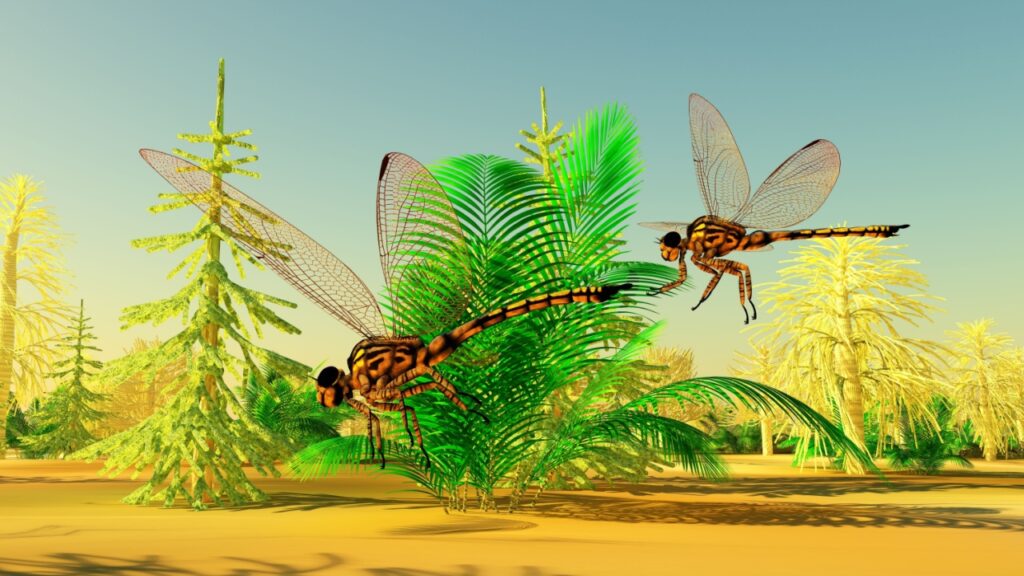Many of us, myself very much included, are fascinated by dinosaurs and prehistoric world they inhabited. But what came before? Long before dinosaurs roamed the Earth, our planet was home to a fascinating array of strange and wonderful creatures. These ancient animals laid the foundation for the dinosaurs and for the world we see today. From giant insects to bizarre-looking sharks, the prehistoric world was filled with incredible beings that might seem alien to us now.
Dickinsonia
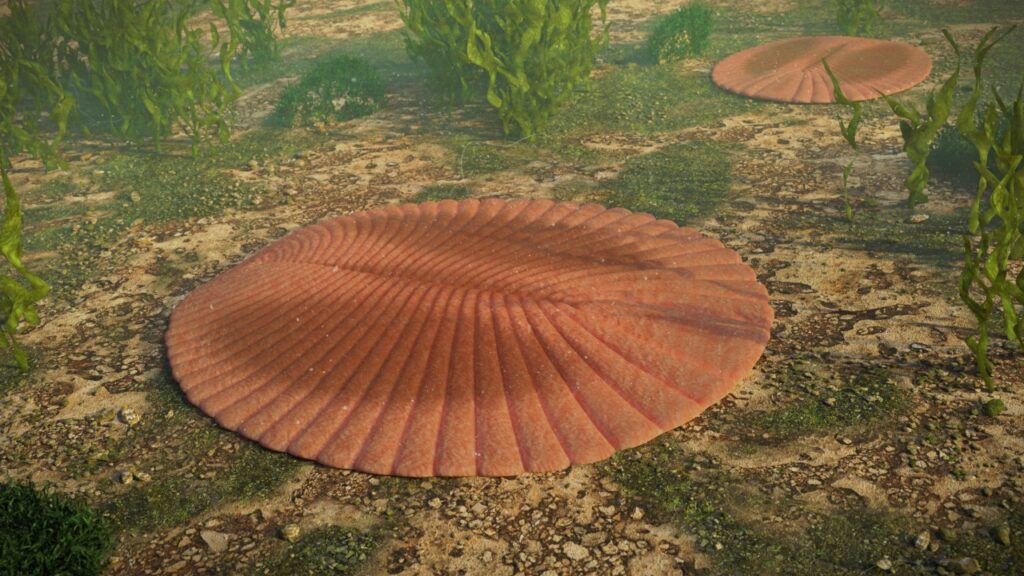
Dickinsonia was one of the earliest known complex organisms on Earth. This strange creature lived about 558 million years ago and looked like a flat, oval-shaped pancake with ridges. Scientists aren’t sure if it was an animal, a plant, or something else entirely. Dickinsonia could grow up to 1.4 meters long and may have been able to move around slowly on the seafloor. Its fossils have been found in Australia and Russia, giving us a glimpse into Earth’s ancient past.
Haikouichthys
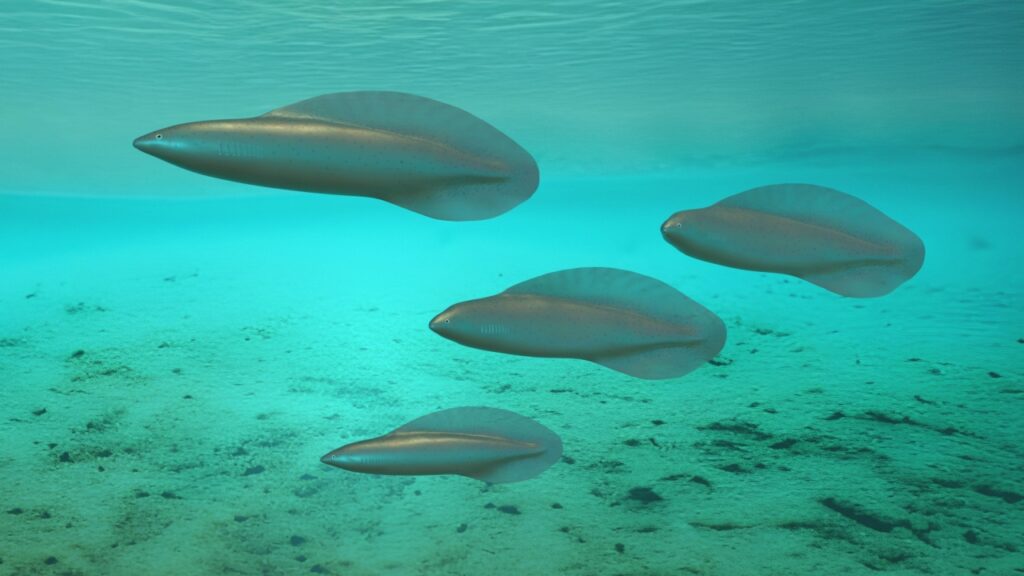
Haikouichthys was a tiny, fish-like creature that lived about 525 million years ago. It was only about 2.5 centimeters long, but it played a big role in animal evolution. Haikouichthys is one of the earliest known vertebrates, meaning it had a backbone like us. This little swimmer had a head, a tail, and muscles arranged in a zig-zag pattern along its body. It probably ate tiny particles of food floating in the water.
Meganeura
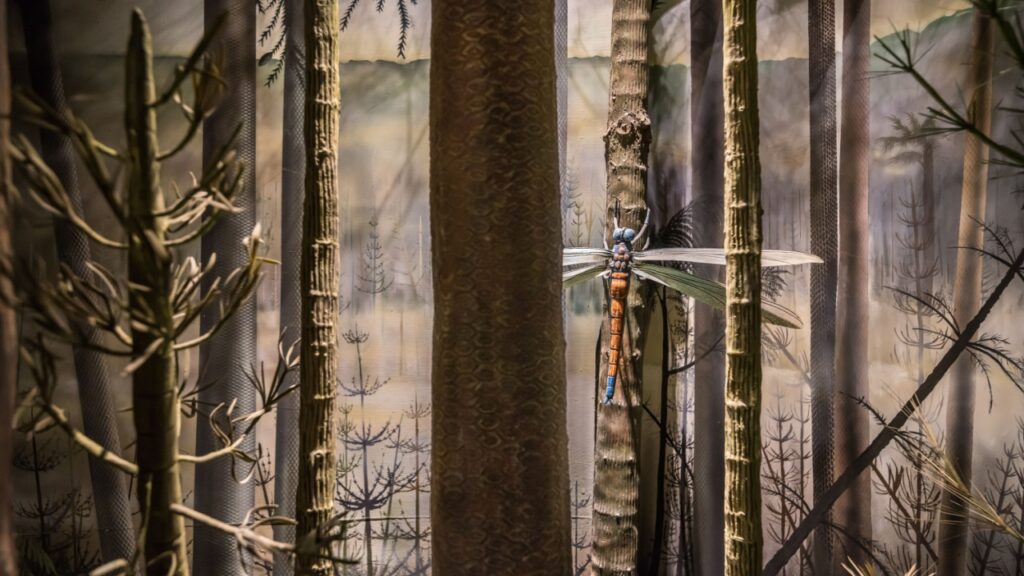
Meganeura was a giant dragonfly that lived about 300 million years ago. With a wingspan of up to 65 centimeters, it was one of the largest flying insects ever to exist. Meganeura looked a lot like modern dragonflies, but much bigger. It hunted other insects and small amphibians, swooping down to catch them with its strong legs. The high oxygen levels in the air during this time allowed insects to grow to enormous sizes.
Arthropleura
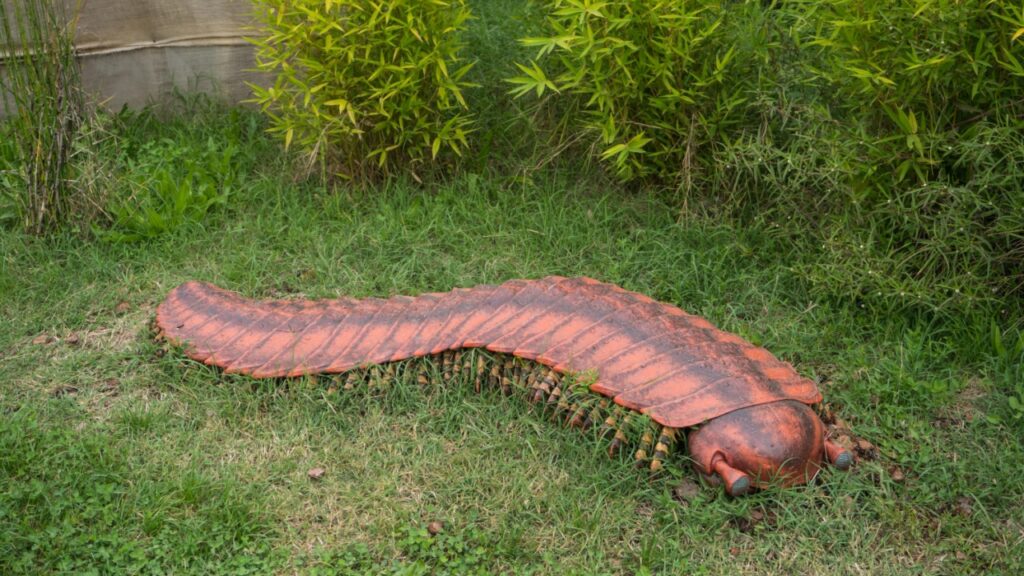
Arthropleura was a giant millipede-like creature that lived about 315 million years ago. It could grow up to 2.6 meters long and 50 centimeters wide, making it the largest known land invertebrate of all time. Despite its size, Arthropleura was likely a gentle giant that fed on plants and decaying matter on the forest floor. Its body was made up of many segments covered in tough armor, protecting it from predators.
Dimetrodon
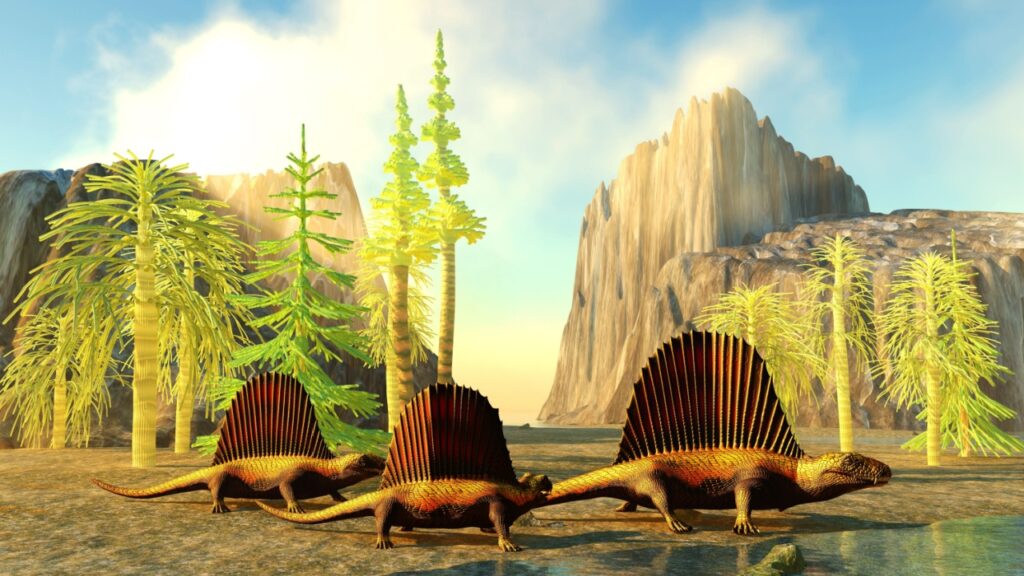
Dimetrodon was a large predator that lived about 295 million years ago. It’s often mistaken for a dinosaur, but it actually lived long before dinosaurs evolved. Dimetrodon had a large sail on its back made of skin stretched between long spines. This sail may have helped it regulate its body temperature or attract mates. Dimetrodon was a top predator of its time, using its sharp teeth to hunt other animals.
Scutosaurus
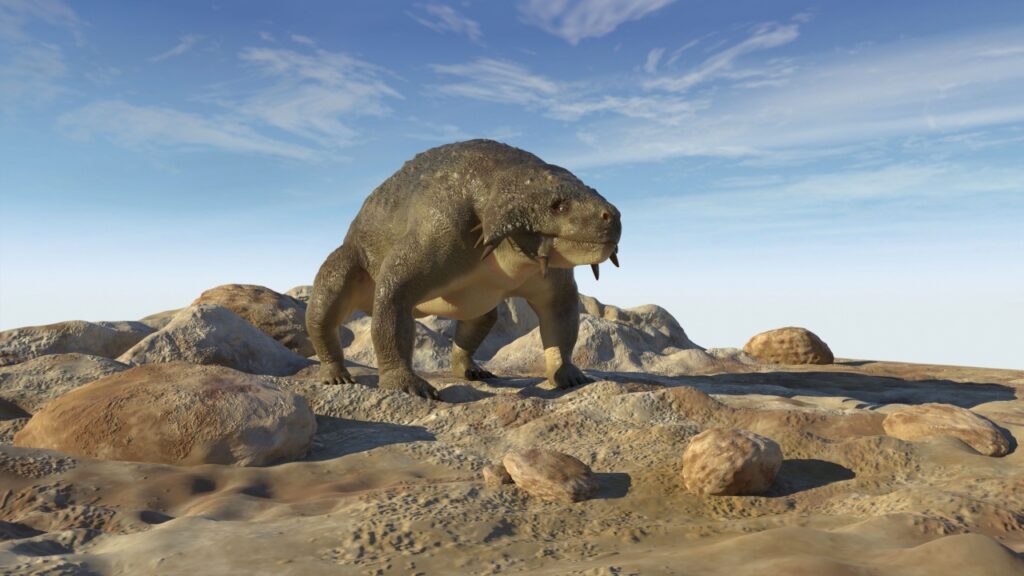
Scutosaurus was a large, heavily-armored reptile that lived about 252 million years ago. Its name means “shield lizard” because of the bony plates that covered its body. Scutosaurus was about 3 meters long and weighed up to a ton. It was a plant-eater with a beaked mouth perfect for chomping on tough vegetation. Despite its armor, Scutosaurus was hunted by large predators of its time.
Akmonistion
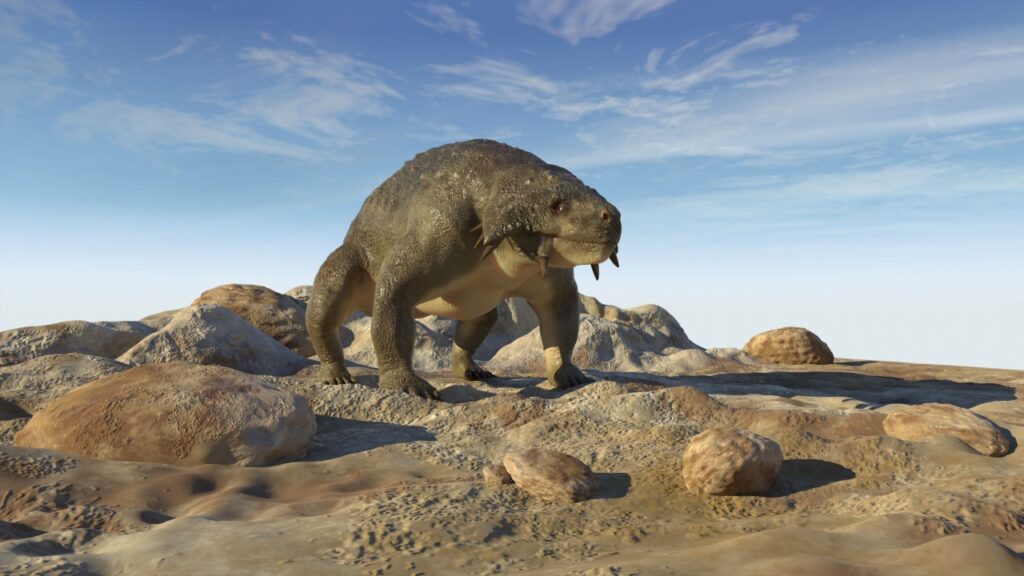
Akmonistion was a strange shark that lived about 330 million years ago. Its most striking feature was a large spine on its back shaped like an anvil. This spine may have been used for defense or to attract mates. Akmonistion was about 1 meter long and probably ate small fish and squid. Its fossils have been found in Scotland, giving us a peek into the ancient oceans.
Titanichthys
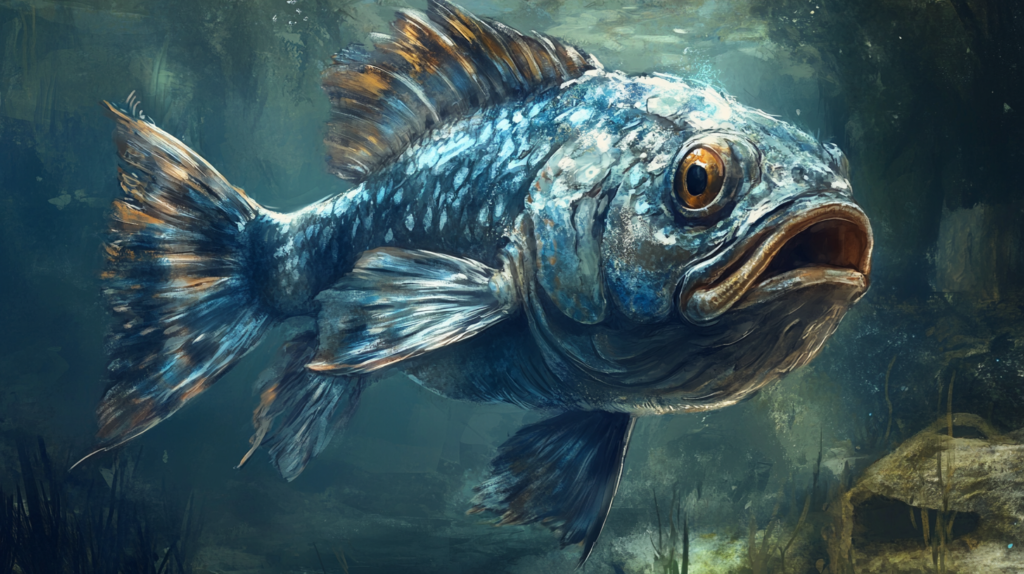
Titanichthys was a massive fish that lived about 380 million years ago. It could grow up to 8 meters long, making it one of the largest fish of its time. Titanichthys had a huge, flat head and a wide mouth. Unlike many large predatory fish, it probably fed on tiny plankton, much like modern whale sharks. Its fossils have been found in Morocco and Ohio.
Pneumodesmus Newmani
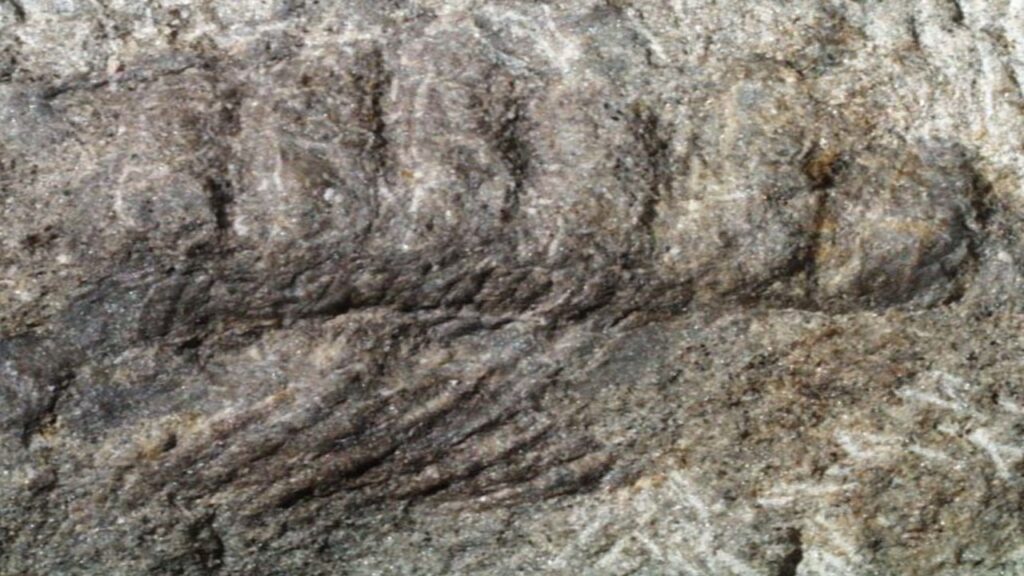
Pneumodesmus Newmani was a tiny millipede that lived about 428 million years ago. While it was only about 1 centimeter long, it holds a special place in Earth’s history. Pneumodesmus is the oldest known animal to have lived on land and breathed air. It had small holes in its body called spiracles, which it used to breathe. This little creature was one of the pioneers of land-dwelling life.
Jaekelopterus
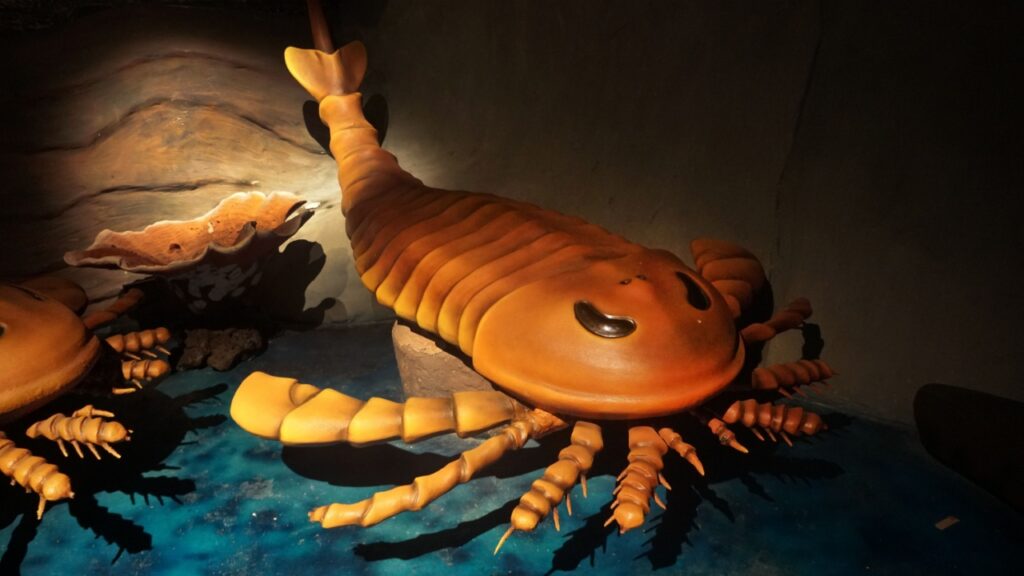
Jaekelopterus was a giant sea scorpion that lived about 390 million years ago. It could grow up to 2.5 meters long, making it one of the largest arthropods ever to have lived. Jaekelopterus had large, powerful claws that it used to catch prey. It probably lived in rivers and coastal areas, hunting fish and other sea creatures. Despite its scary appearance, Jaekelopterus was not closely related to modern scorpions. Instead, it belonged to a group of extinct arthropods called eurypterids.
Anomalocaris
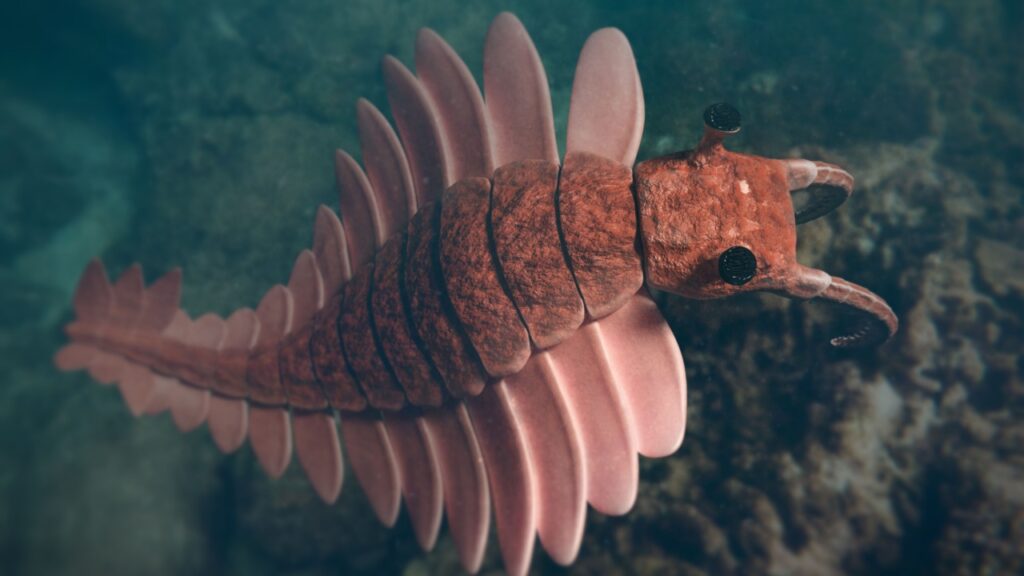
Anomalocaris was a strange-looking predator that lived about 508 million years ago. Its name means “abnormal shrimp,” which fits its bizarre appearance. Anomalocaris had large eyes, a circular mouth full of teeth, and two large, spiky appendages for catching prey. It could grow up to 1 meter long, making it one of the largest animals of its time. Anomalocaris probably swam in ancient oceans, hunting trilobites and other small sea creatures.
Cooksonia
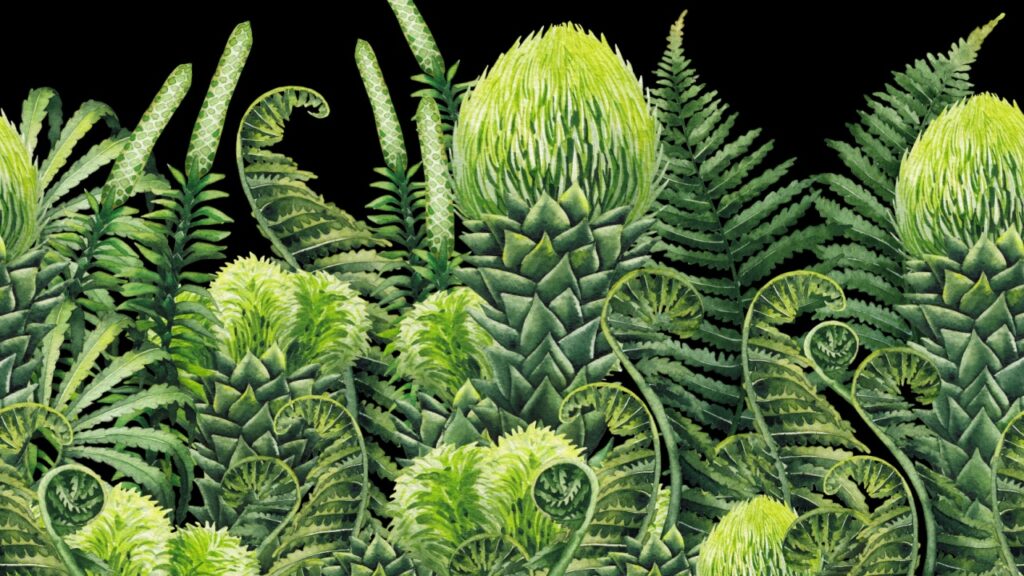
Cooksonia was one of the earliest known land plants, living about 430 million years ago. It was very simple, consisting of a Y-shaped stem with spore capsules at the tips. Cooksonia had no leaves, roots, or flowers. Despite its simple structure, Cooksonia was a pioneer of land plants, paving the way for the diverse plant life we see today. Its fossils have been found in several countries, showing how widespread these early plants were.

